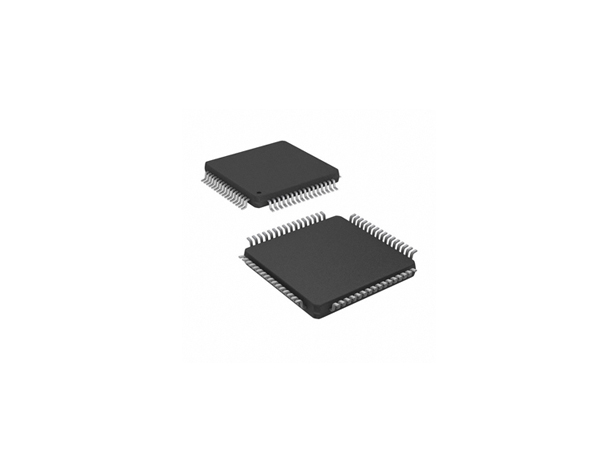Resolution in the context of Analog-to-Digital Converters (ADCs) and Digital-to-Analog Converters (DACs) refers to the level of precision with which they can convert analog signals into digital values and vice versa.
ADCs take an analog input signal (.g., sound, light, temperature) and convert it into a digital representation that can be processed and stored by a computer or digital device. DACs do the opposite, converting digital values back into analog signals for various applications (e.g., audio playback).


The resolution of an ADC or a DAC is measured in bits and is a key parameter in determining the accuracy and quality of the conversion process.
1. ADC (Analog-to-Digital Converter) Resolution:
The resolution of an ADC is the number of bits used to represent the analog signal in digital form. A higher resolution ADC can distinguish a greater number of voltage levels in an analog signal, leading to better accuracy.
For example, an 8-bit ADC can represent an analog signal using 2^8 or 256 discrete voltage levels, while a 16-bit ADC can represent the same signal using 2^16 or 65,536 discrete levels, resulting in a much more accurate digital representation.
The accuracy of the ADC can be improved by increasing the resolution of the converter. However, this usually comes with increased complexity, power consumption, and cost.
2. DAC (Digital-to-Analog Converter) Resolution:
Similar to ADCs, the resolution of a DAC is the number of bits used to represent the digital signal in analog form. A higher resolution DAC can reproduce a more accurate analog signal from the digital input.
For instance, an 8-bit DAC can produce 2^8 or 256 different voltage levels, while a 16-bit DAC can produce 2^16 or 65,536 different voltage levels. A higher resolution leads to better accuracy and a more precise reproduction of the original analog signal.
In summary, the resolution of both ADCs and DACs is a crucial factor in determining the accuracy of the conversion process between analog and digital signals. Increasing the resolution allows for better representation and reproduction of signals, though it may come with a trade-off in terms of cost, complexity, and power consumption.
Related articles:
Analog and Digital Signals: The Building Blocks of ADCs and DACs
Related product recommendation:
- Data Acquisition - ADCs/DACs - Special Purpose
- Data Acquisition - Analog to Digital Converters (ADC)
- Data Acquisition - Digital to Analog Converters (DAC)

